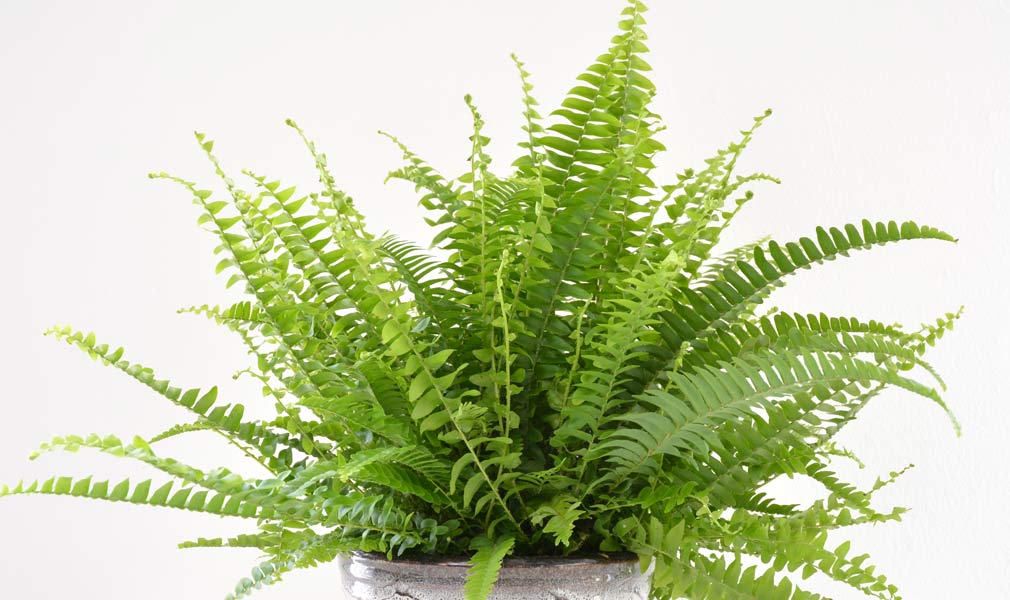How To Grow And Care For A Sedum Plant
If you're looking for a low-maintenance plant that adds beauty and style to your garden, sedum plants are a great option to consider. Here's everything you need to know to grow and care for these plants successfully.

Plant Attributes
Sedum plants are native to the Northern Hemisphere and are part of the Crassulaceae family. They are succulent plants that store water in their leaves, which makes them drought-tolerant and low-maintenance.
These plants come in various shapes and sizes, from low-growing ground covers to tall flowers. Sedums also have different leaf colors, ranging from green to purple, and some varieties have variegated leaves.
One of the most notable features of sedum plants is their stunning flowers. They usually bloom in late summer or early fall and come in shades of pink, red, yellow, and white.
Plant Care
Sedum plants are easy to care for, and they thrive in a variety of growing conditions. When it comes to soil, sedums prefer well-draining soil with a neutral to slightly alkaline pH. They also need to be planted in a spot that gets at least six hours of sunlight a day.
Sedums are drought-tolerant plants, but they still need to be watered regularly during the growing season. It's essential to let the soil dry out completely between waterings to prevent root rot.
Fertilizer is not necessary for sedum plants, but you can give them a light dose of all-purpose fertilizer in the spring to encourage growth and blooming.
Pruning
Pruning sedum plants is not required, but you can pinch back the plants in early summer to encourage bushier growth. You can also remove faded flowers to encourage more blooms.
Propagation
Sedum plants can be propagated easily from stem cuttings or division. Stem cuttings should be taken in the spring or summer and rooted in well-draining soil. Dividing sedum plants is best done in early spring.
Potting & Repotting
Sedum plants can be grown in containers as long as they have well-draining soil and are not overwatered. Repotting should be done every two to three years or when the plant outgrows its container.
Commons Pests & Plant Disease
Sedum plants are generally pest and disease-free, but they can be prone to mealybugs and aphids. These pests can be controlled with insecticidal soap or neem oil.
Common Problems
The most common problem with sedum plants is root rot, which is caused by overwatering or poor drainage. To prevent root rot, make sure the soil dries out between waterings and that the plant is planted in well-draining soil.
Another issue with sedum plants is stem rot, which is caused by fungal diseases. To prevent stem rot, make sure the plant is not overcrowded, and there is adequate air circulation.
There you have it – everything you need to know to grow and care for sedum plants successfully. With their low-maintenance needs and vibrant flowers, sedum plants are a beautiful addition to any garden.

:max_bytes(150000):strip_icc()/kararileystringofpearls-11-e358f583cc6b44c887609dc7b3cd1aec.jpg)


Post a Comment for "How To Grow And Care For A Sedum Plant"